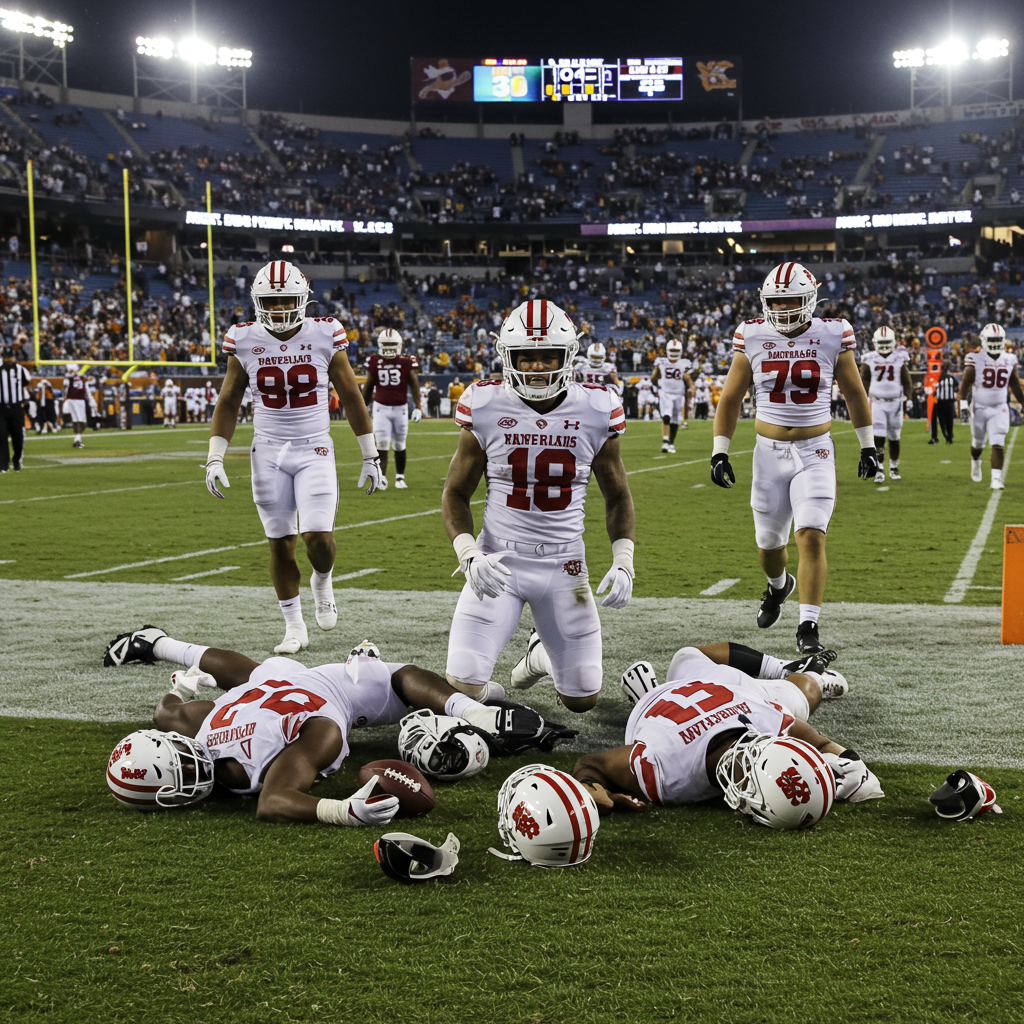Aaron Rodgers, the veteran quarterback joining the Pittsburgh Steelers for the 2025 NFL season, recently made a significant declaration on “The Pat McAfee Show”: he’s “pretty sure” the upcoming season will be his last in the league. This candid announcement, coming before he even takes a snap in a Steelers uniform, might seem like a short-term view, but for Pittsburgh, it offers something invaluable: clarity and time to strategically plan their post-Rodgers quarterback future.
This stands in stark contrast to the Steelers’ recent history navigating the quarterback position, particularly after the long tenure of Ben Roethlisberger and the subsequent transitional years.
A Welcome Dose of Clarity
For over two decades, the Steelers had stability under center with Ben Roethlisberger. However, the end of his career involved periods of uncertainty, including retirement flirtations in his mid-30s before he ultimately played through the 2021 season. His decision to retire wasn’t clearly stated until January 2022, long after the team needed to begin seriously planning for his successor. This lack of upfront clarity arguably impacted the team’s draft strategy in Roethlisberger’s final years, leading to mid-round quarterback picks (Josh Dobbs, Mason Rudolph) that didn’t pan out as immediate successors, followed by the selection of Kenny Pickett with a first-round pick only after Roethlisberger was gone.
More recently, the 2024 season saw the Steelers attempt to navigate the quarterback room with Russell Wilson and Justin Fields. This experiment created further uncertainty about the long-term plan at the position. Despite hopes that either Wilson could recapture past glory or Fields could emerge as the future, neither fully materialized, leading to the departures of both players. The team found itself needing a new answer under center once again.
Now, with Aaron Rodgers openly stating his likely intention to retire after the 2025 season, the Steelers receive a clear timeline. He signed a one-year contract, reportedly worth up to $19.6 million with a guaranteed floor of $13.6 million, a deal structure that itself reflects his likely short-term plans. Rodgers himself framed his decision to play a 21st season in Pittsburgh as a desire to finish his extensive career with “love and fun and peace” in a “cornerstone franchise” with strong leadership like Mike Tomlin. He expressed commitment to “empty the tank” for the season.
Strategic Opportunities for the Steelers
Rodgers’ early announcement provides the Steelers with a significant runway – potentially more than a year – to conduct thorough evaluations and develop a strategic plan for securing their next franchise quarterback.
Evaluating the 2026 Draft Class: With the 2025 season potentially being Rodgers’ only one, the Steelers have ample time to scout the upcoming 2026 quarterback draft class. Names potentially on their radar could include prospects like Cade Klubnik (Clemson), Garrett Nussmeier (LSU), Drew Allar (Penn State), and LaNorris Sellers (South Carolina).
Draft Capital & Positioning: The team is anticipated to have a handful of compensatory picks from free agent departures, which could provide valuable draft capital. This, combined with their own picks, might position them to move up the draft board if needed to target their preferred signal-caller. Adding to the excitement, Pittsburgh is set to host the 2026 NFL Draft in April, creating a potential storybook scenario for selecting a future cornerstone in front of a hometown crowd.
- Exploring Other Avenues: While the draft is a primary avenue, the extra time allows the Steelers to fully explore other possibilities, though analysts note the options are often limited for difference-making quarterbacks. Top-tier passers rarely hit free agency. Potential trade targets might exist among former first-round picks who haven’t met expectations elsewhere, such as Kyler Murray (Arizona) or perhaps even inquiring about Trevor Lawrence (Jacksonville), though such moves are typically expensive and complex. The extra year affords the Steelers the luxury of patience and thorough due diligence on these less probable scenarios.
- www.nfl.com
- www.nytimes.com
- www.hindustantimes.com
- www.si.com
- sports.yahoo.com
Navigating the Present and Preparing for the Future
The Steelers’ decision to sign Rodgers, despite him being 41 years old (turning 42 in December) and less than two years removed from a significant Achilles tear, has drawn some criticism. Some analysts view it as potentially repeating a pattern of relying on an aging, potentially past-prime veteran quarterback supported by a high-paid defense – a strategy that yielded disappointing results in the final years of Roethlisberger and with Russell Wilson in 2024. Concerns about Rodgers’ current mobility, effectiveness against pressure, and preferred passing style relative to receivers like DK Metcalf (acquired in the offseason) have been raised.
However, the other side of the coin is the challenging landscape the Steelers faced in finding a starting quarterback after the Wilson/Fields experiment failed. As some reports indicated, with other potential veteran options signing elsewhere (like Wilson to the Giants), Rodgers might have been the most viable “playoff-level” quarterback available without expending significant draft capital that they might need for future QB prospects. The alternative fallback options, such as relying on Mason Rudolph or unheralded free agents or drafting a developmental prospect late, were seen by many as less appealing for a team aiming to compete immediately in a tough AFC North division.
By signing Rodgers to a short-term, team-friendly deal and receiving his early retirement indication, the Steelers have accepted the potential short-term risks while gaining a significant long-term advantage: the clarity and time needed to avoid scrambling and instead execute a deliberate, well-researched plan to find the next long-term answer at quarterback for years to come. It’s a strategic benefit that eluded them during past transitions and one that could define their success well beyond Rodgers’ anticipated final season.

